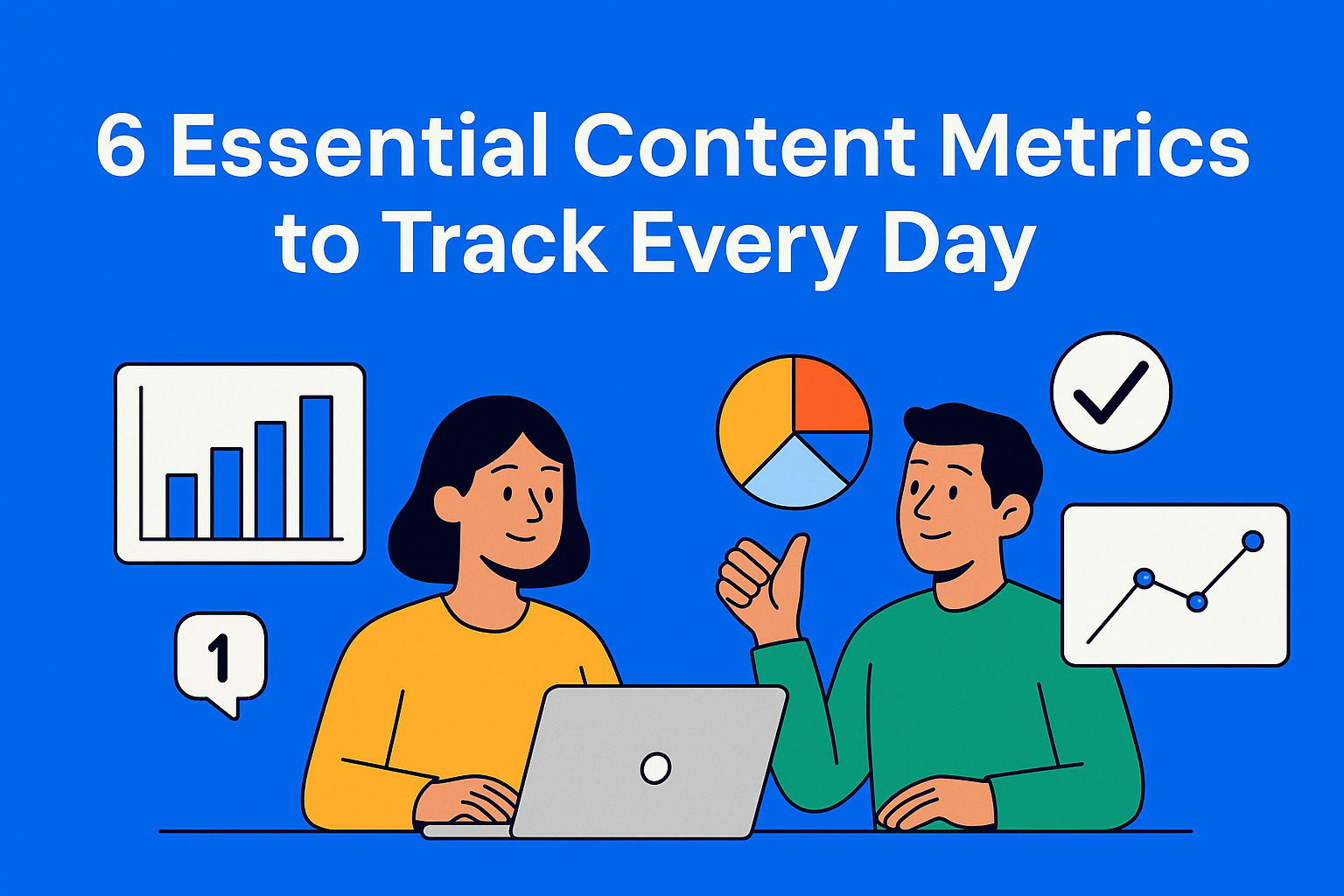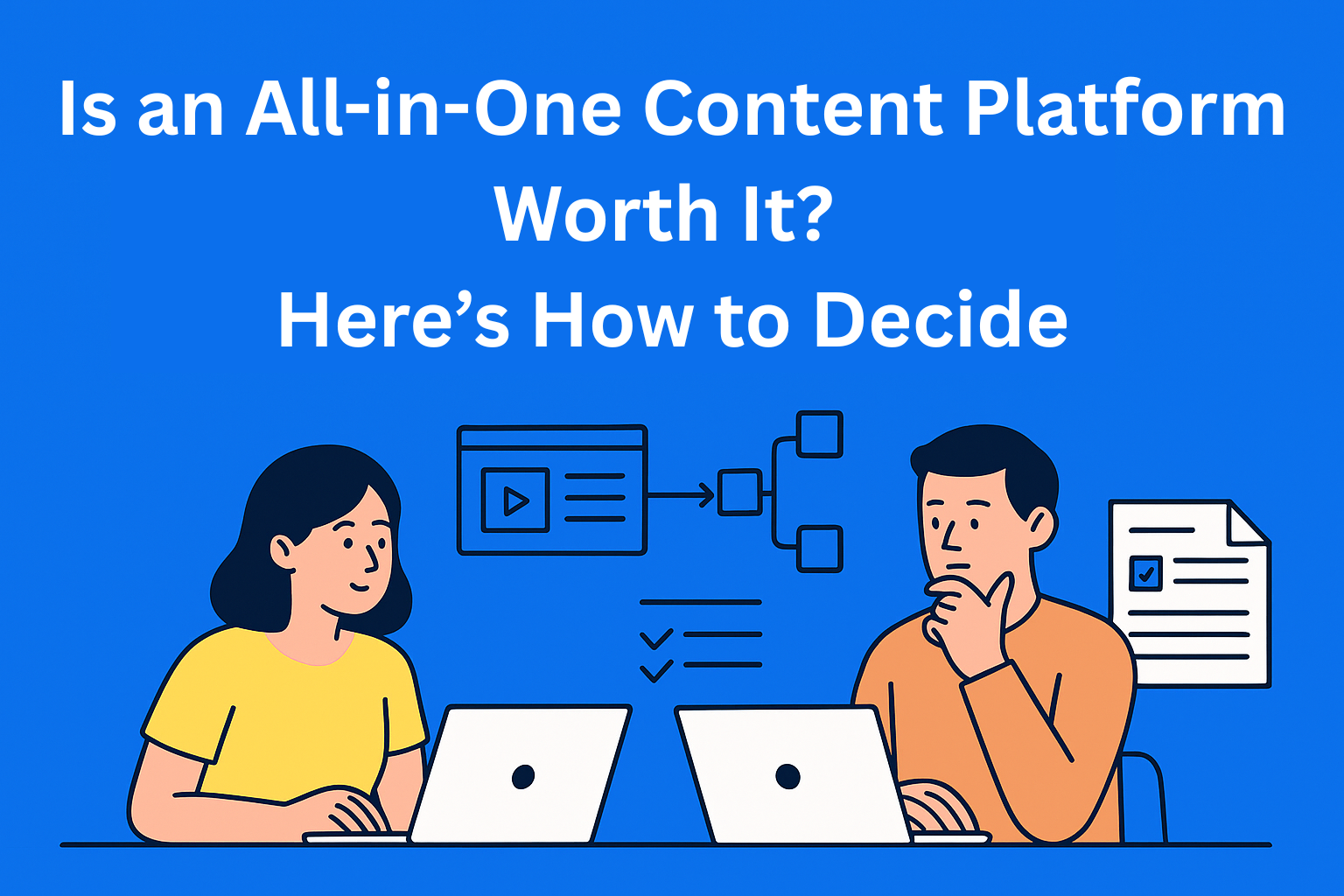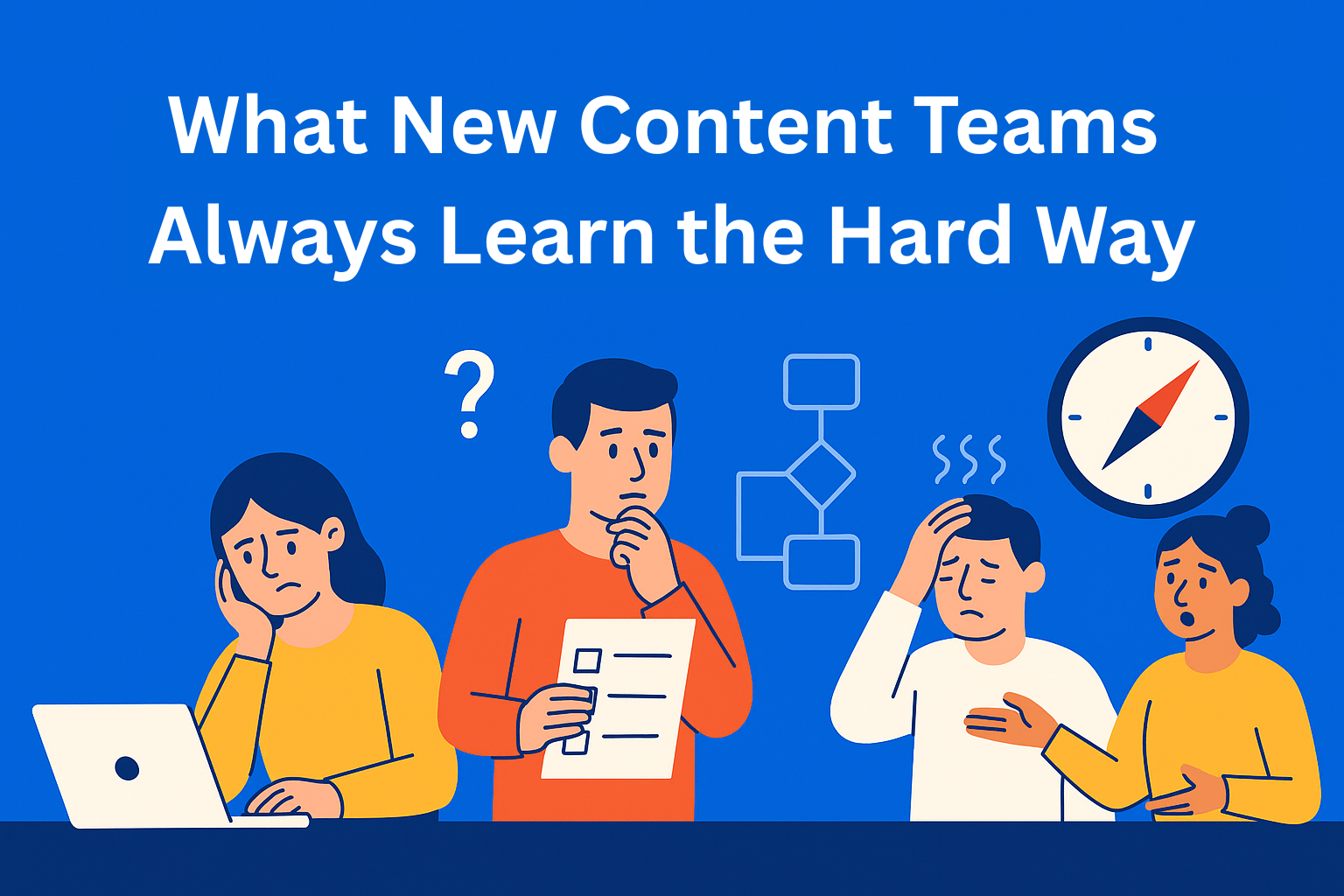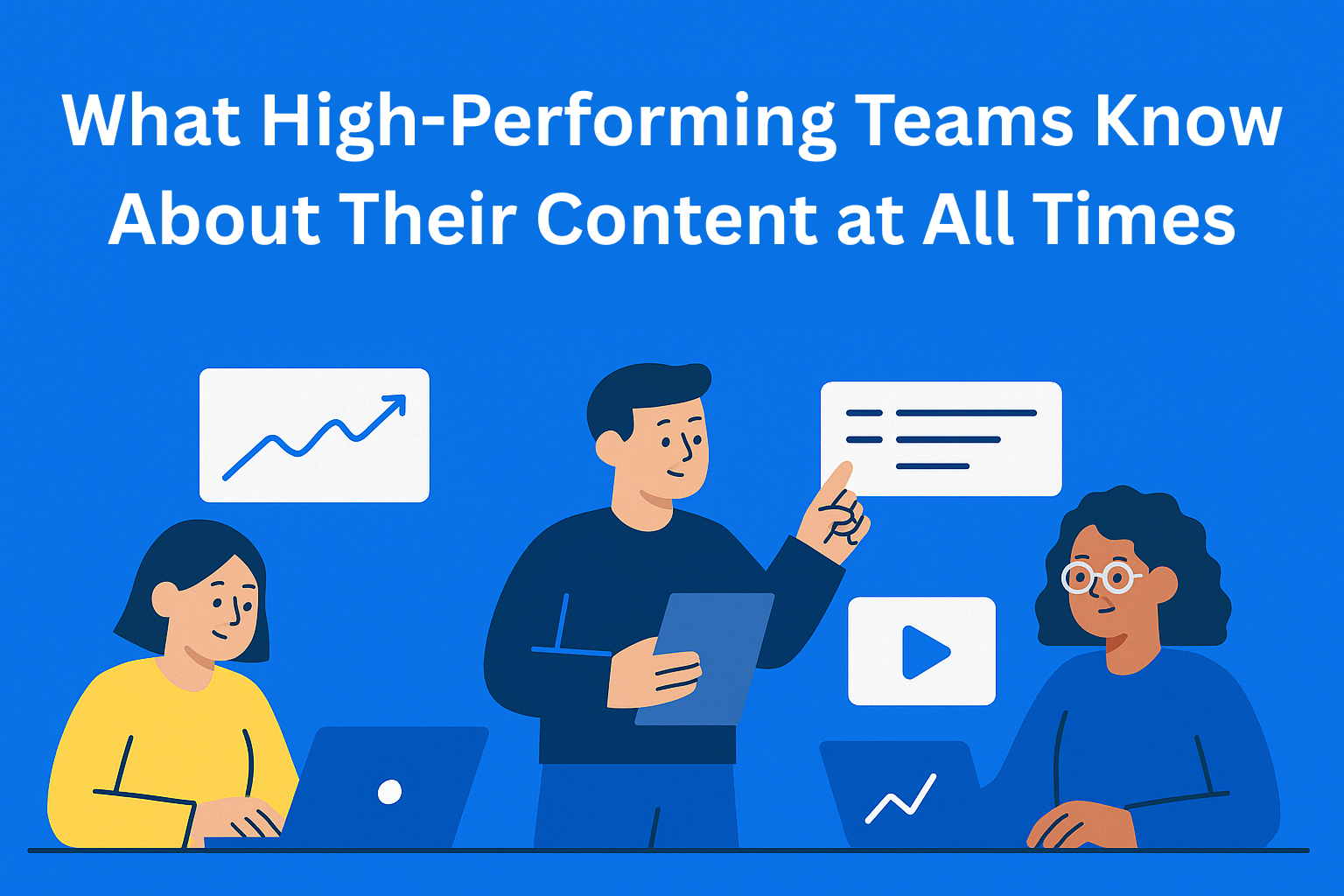Is Traditional SEO Still Relevant in the Age of AI?
Traditional SEO isn’t dead, but the focus is shifting. Clarity, structure, and authority matter more than keyword tricks - making content human-readable and AI-friendly is the new path to visibility.
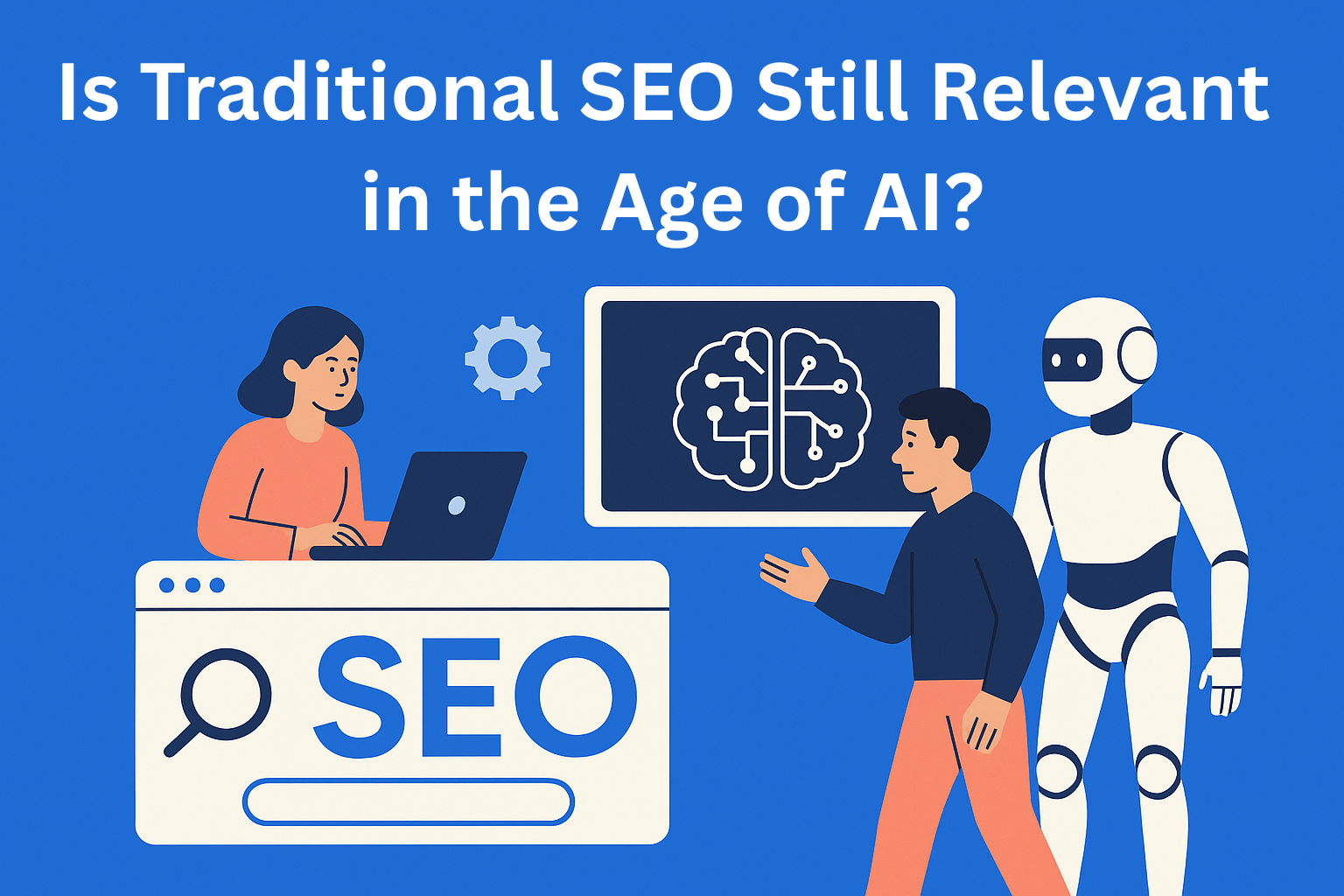
SEO used to feel like a formula: find the right keywords, sprinkle them into your copy, build a few backlinks, and wait for Google to notice. It was almost comforting in its predictability. But now AI is shaking things up. ChatGPT, Gemini, and other large language models aren’t ranking pages - they’re parsing content for clarity, authority, and context. They don’t just want the right keywords; they want a digestible story they can understand and cite.
So what does that mean for traditional SEO? Are all those old tactics suddenly useless? Not quite - but the rules of the game are shifting.
Key Takeaways
- AI values clarity over keywords - AI models prioritize structured, understandable content rather than just keyword density or repetition.
- Some traditional SEO still matters - Keywords, internal links, structured headings, and authority signals continue to guide both humans and AI through your content.
- Old SEO tricks are less effective - Keyword stuffing, backlink obsession, and clickbait headlines no longer carry the weight they once did.
- Focus on being trusted and understandable - Clear structure, named entities, answer-driven content, and credible references help AI and readers see your expertise.
- EasyContent supports consistency and clarity - Templates, guidelines, and workflows ensure your content stays organized, human-friendly, and AI-readable without losing voice.
Which Traditional SEO Tactics Still Matter
Some elements of old-school SEO haven’t disappeared; they just serve a slightly different purpose in the AI era:
- Keywords still signal topic relevance: AI models may not rank pages by keyword density, but using clear, consistent terminology helps models understand your subject.
- Internal linking is still valuable: Connecting related content improves both human navigation and AI comprehension of topic relationships.
- Structured headings: Headings were always good for readers; now they also help AI parse and chunk content.
- Authority indicators: Citations, references, and verified sources still matter - AI looks for patterns that suggest credibility.
So while you may not need to obsess over exact keyword ratios, these tactics continue to serve as signposts for both humans and machines.
What’s Becoming Obsolete
Some traditional SEO habits are losing traction as AI grows smarter:
- Keyword stuffing: AI doesn’t reward repetition; it rewards clarity and relevance.
- Focusing solely on backlinks: While backlinks signal authority to search engines, AI models primarily interpret content directly and look for structural cues.
- Clickbait headlines for ranking: AI models want accurate, descriptive summaries - not a misleading hook that tricks humans into clicking.
In short, tactics designed for algorithmic loopholes are becoming less effective, while clarity, logic, and credibility take center stage.
The Shift: From Ranking to Being Trusted
The real change is philosophical. SEO used to be about climbing the search engine ladder. AI SEO is about being understood and trusted. If a model can parse your content and identify your perspective, expertise, and key insights, it’s more likely to recommend your content as a source - even over pages with dozens of backlinks or perfect keyword density.
Key components of AI-friendly optimization:
- Clear structure: Use headings, bullet points, and short paragraphs. AI can chunk content better when it’s organized.
- Entity clarity: Named entities, proper nouns, and defined concepts make your content machine-readable.
- Answer-driven focus: Explicitly state takeaways and solutions; AI loves actionable clarity.
- Authority signals: Consistent terminology, references, and fact-based claims reinforce credibility.
This doesn’t mean SEO is dead - it just means the metrics for success are evolving. Instead of chasing rankings, you’re building trust and readability that serves both human and AI audiences.
Where EasyContent Helps You Bridge the Gap
The transition from traditional SEO to AI-focused optimization can feel overwhelming. This is where tools like EasyContent make a difference:
- Customizable templates for different content types that help you structure headings, paragraphs, and fields in advance, so clarity comes built in.
- Guidelines and prompts inside the editor remind writers what elements to include for readability, authority, and AI comprehension.
- Customizable workflows so everyone is in their lane, writing what they need to write and checking what they need to check.
Essentially, EasyContent lets you maintain your voice and human-centered storytelling while naturally aligning your content with AI’s interpretation needs.
Conclusion
Traditional SEO isn’t obsolete, but its role is evolving. Keywords, links, and structure still matter - just in service of clarity, trust, and readability rather than purely algorithmic trickery. AI models reward content that’s organized, credible, and digestible, so your focus shifts from gaming search engines to genuinely conveying expertise.
By embracing structure, authority, and clarity (and using tools like EasyContent to maintain consistency), your content stops chasing rankings and starts earning recommendations from both humans and AI alike. In the age of AI, being understood is the new SEO.



